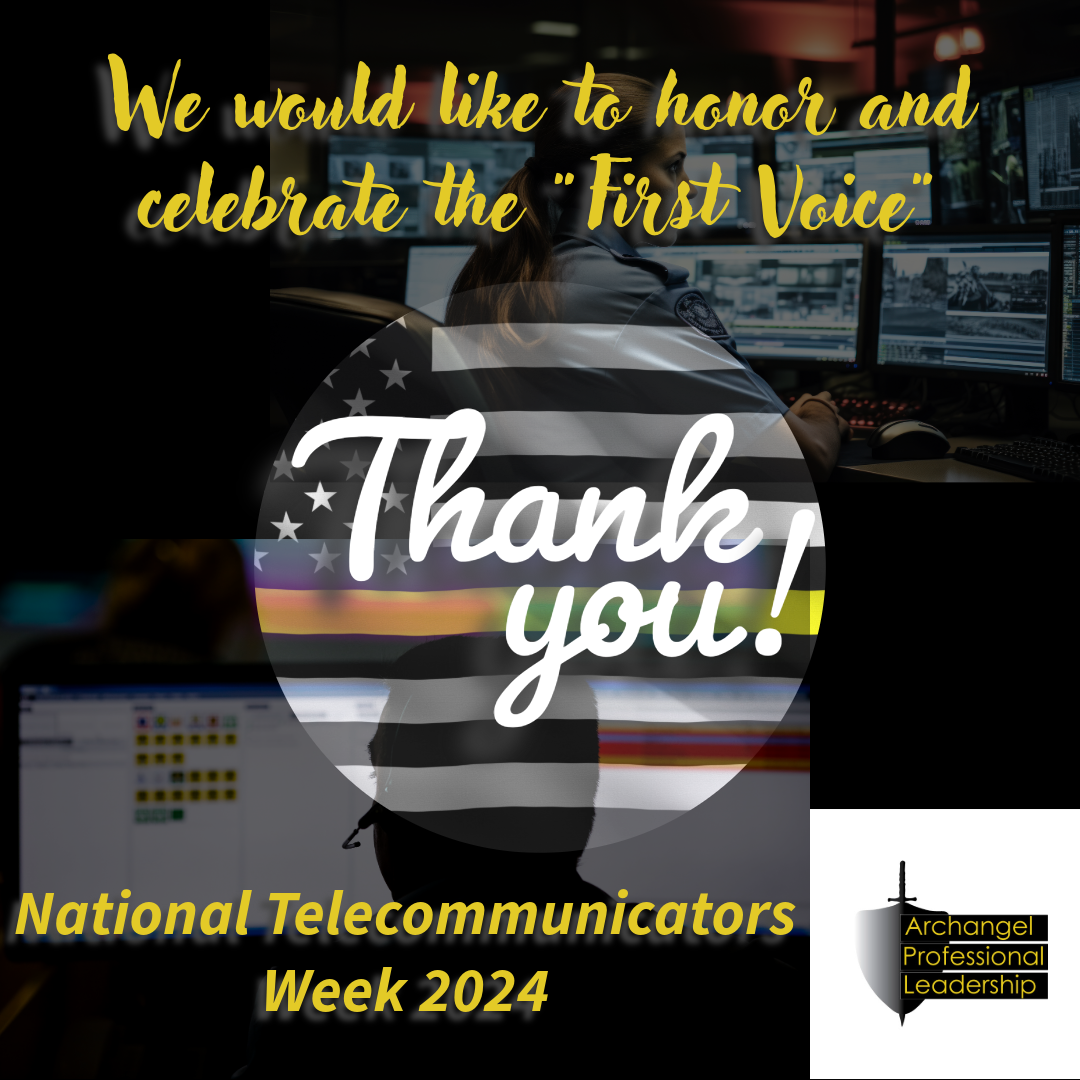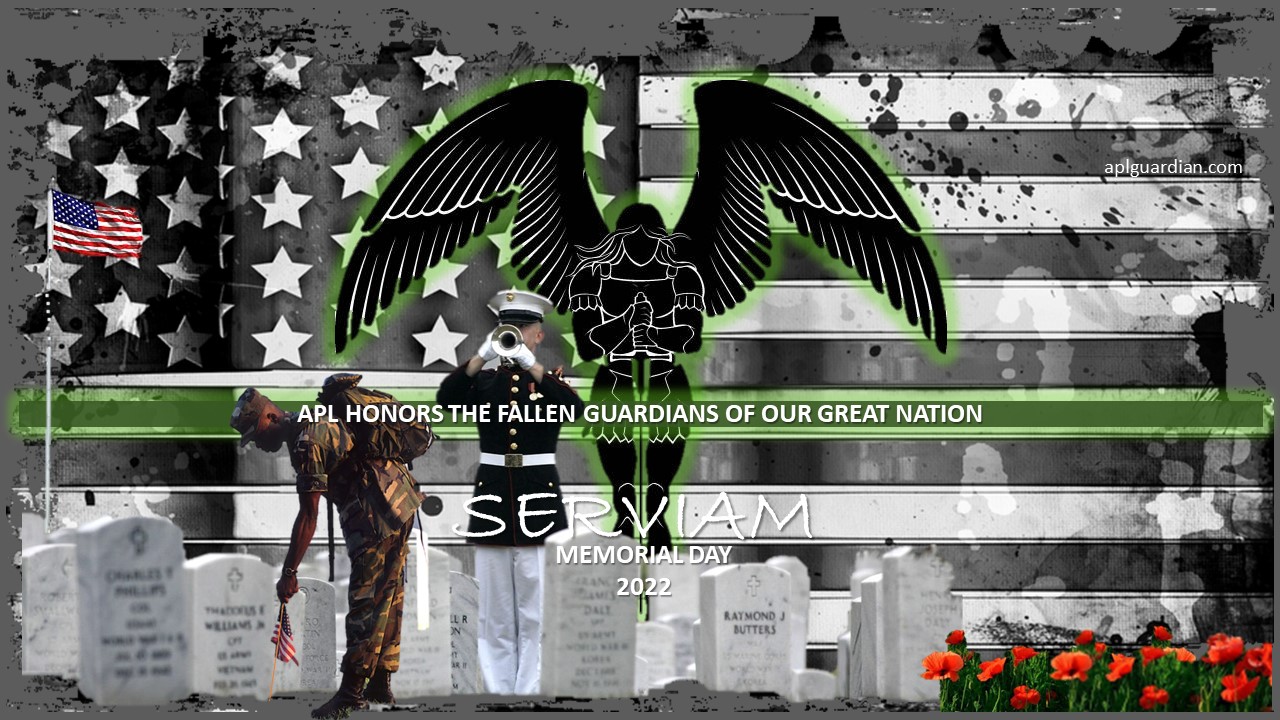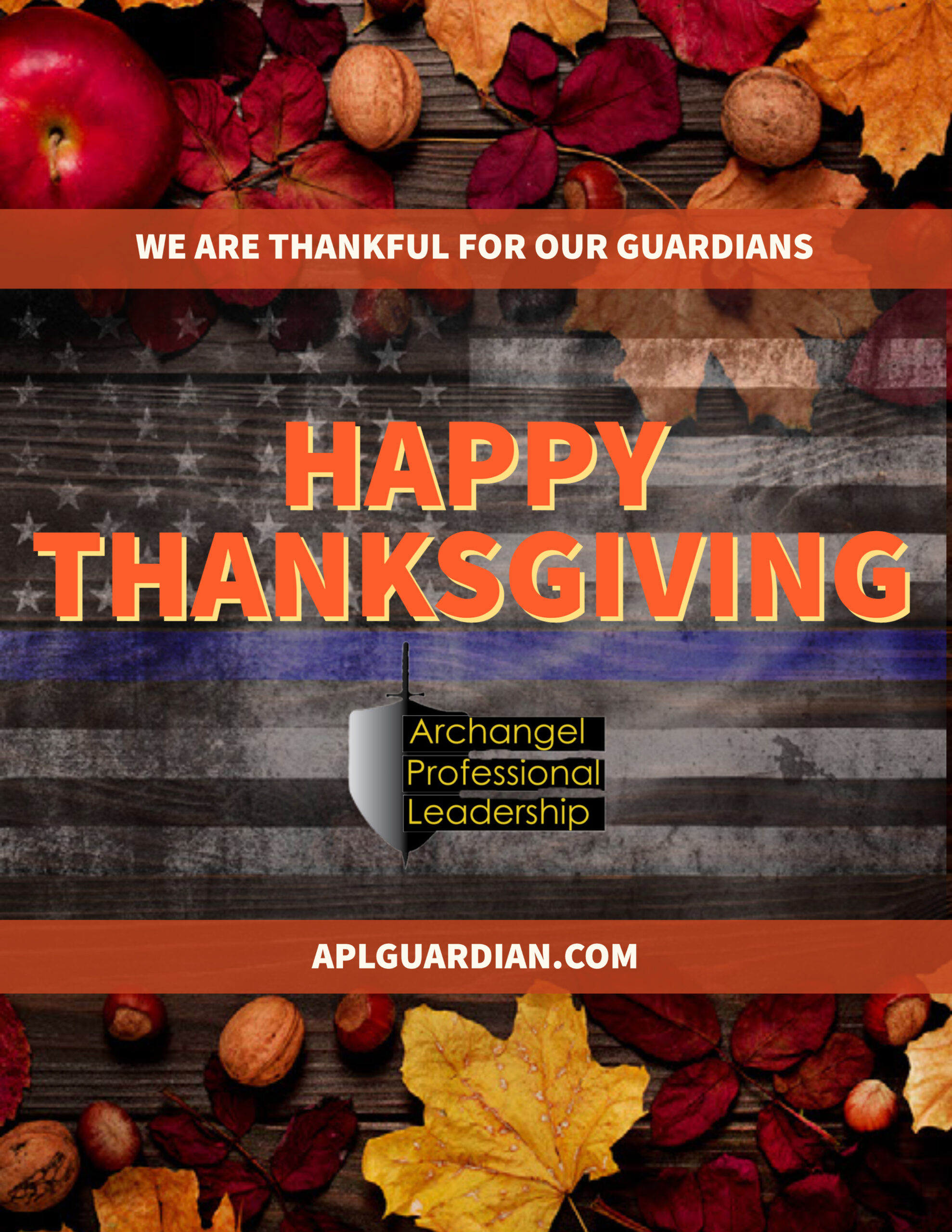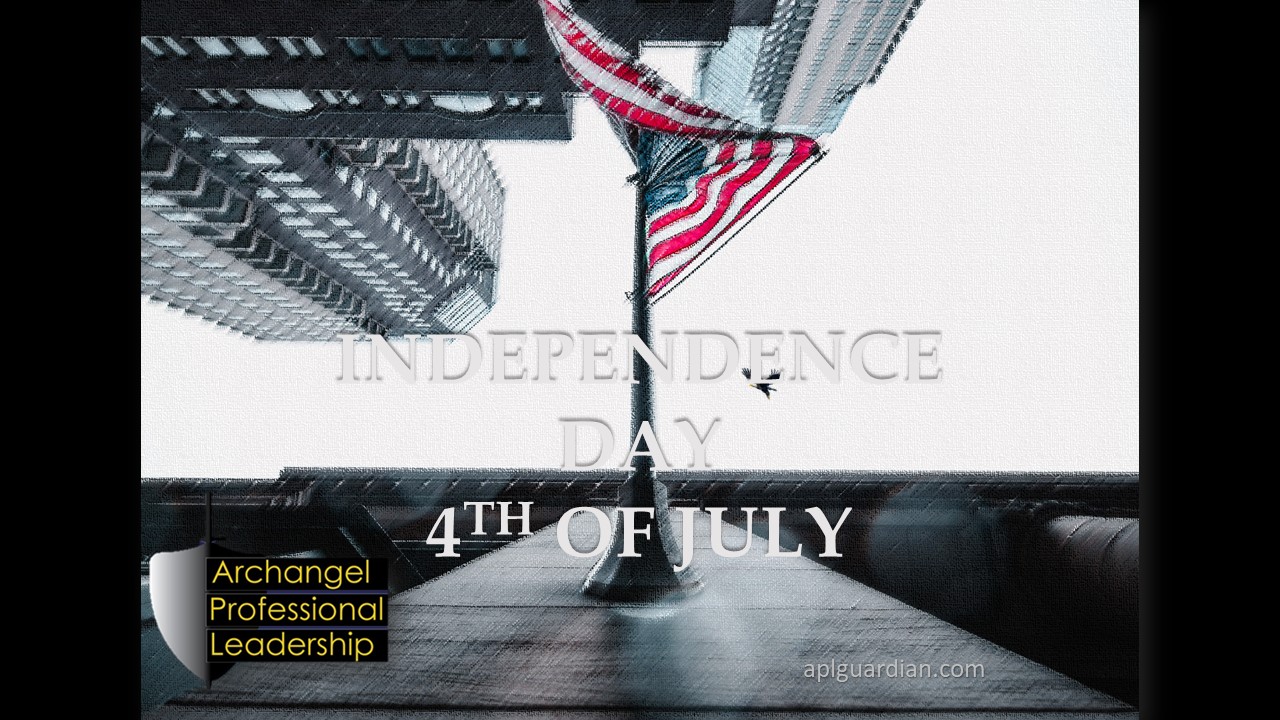We would like to celebrate and honor all of those individuals who serve as “The First Voice” in truly answering the call to serve. Thank you to all Telecommunicators for what you do to keep our communities safe.
Happy Holidays
We would like to take this opportunity to wish each of our public servants and those who serve to secure and ensure our safety, a wonderful holiday season.
-The Archangel Professional Leadership Team
We honor our freedoms and those who serve to protect them.
Celebrate Independence Day on July 4th, 2023
Memorial Day 2023
We reflect upon those who paid the ultimate sacrifice in service to ensure our democracy and preservation of our freedom. We honor the fallen Guardians of our military forces and their families this Memorial Day and every day.
APL Honors Law Enforcement Professionals
National Police Week
Have a safe and wonderful holiday season
We want to wish all of the Guardian First Responders a safe and wonderful holiday season. You are loved and appreciated my brothers and sisters.
M. Davis, Founder
Archangel Professional Leadership
Veterans Day 2022
We want to recognize and thank all who serve and those who have served in the armed forces. Thank you Guardians for ensuring our freedoms.
-Archangel Professional Leadership
Independence Day July 4th
We wish you and your family a wonderful reflection and celebration of your freedoms.
Operation Coyote Overwatch
52422/21 Uvalde Strong
A horrendous crime carried out by an evil person occurred in Uvalde, TX in May 2022. The emotion of this incident has impacted not only a small Texas town but so many across our nation. As first responders, we know that any act of violence carried out toward our educators, our peers, and children has a great impact on us. There is a strong desire to help when our neighboring communities are hurting. I am honored to say that one of our Guardians and my childhood classmate, responded to a call to assist a community that was in tremendous pain. If you follow the “APL Leaders Legacy Video/Podcast Episode 6” you might have heard my interview of Dilley, TX. Chief of Police, Homer Delgado.
The Dilley, TX. Police Chief has led his small community through some very trying times over the past few years. A massive snowstorm in a town that hasn’t seen that type of weather in decades and a pandemic outbreak in his community definitely challenged his limited staffing but his resolve and leadership kept his community safe.
Chief Homer reached out to me to advise that he was taking lead with one of his team members to implement “Operation Coyote Overwatch” immediately after the mass casualty incident in Uvalde, TX. The operation is still in progress as of the date of this publication. Chief Homer reached out to the Texas Police Chief’s Association, area emergency management coordinators, various police departments, and I as the President of the Texas Police Association. Chief Homer knew that I was an AACOG Contractor, and member of the Alamo Area Chief’s Association who had access to resources and he advised that the City of Uvalde was putting out a call for assistance and he needed help. I was more than honored to assist with making some calls, sending out emails, and going to Uvalde to help.
Tens of thousands of people descended on the small town of just over 16,000. Some were there to offer support, some to provide international media coverage, and some to investigate the scene. The population more than doubled during the first few weeks after the incident making police response from area agencies very challenging. This is a very kind and giving community where decades of families live or were born and moved across the state and where so many know each other by name. Chief Homer knew that several city employees lost loved ones, many first responders were involved in the incident, and everyone needed time to mourn. Many first responders were still actively part of a very long investigation. Many of the residents needed time to attend or plan funerals and everyone needed to feel safe to go out into their community.
Chief Homer and many other public safety leaders answered the call and I was honored to help. His call to help a community resulted in hundreds of first responders from every corner of Texas responding without hesitation to descend upon Uvalde, TX to carry out this mission. City, county, private, state, federal, and non-profit agencies, and citizens from across Texas sent resources to assist in safeguarding a small community so they could begin to mourn and function again although never the same. Chief Homer’s leadership and guidance resulted in a response of over 500 police officers from 134 agencies that volunteered to bring their staff and resources to Uvalde, TX. for “Operation Coyote Overwatch.” The “Koyotes” is how the Robb Elementary School children pronounce their school mascot and it was fitting to name the operation in their honor.
Regardless of rank, title, or agency, the volunteer first responders carried out a range of duties including protective details, dispatch, administrative functions, funeral escorts, supplemental support for Uvalde law enforcement officers, and coordination of security for counseling services for those involved in the incident and their families.
These men and women, many of whom had never met before, took up any assignment asked of them. At the end of their shifts, mentally and physically drained, many of them shed tears. They did all they could to provide as much strength and support for a community that was visibly in pain. It is a true reflection of public service and “community policing” by those who walk the path least traveled as Guardians.
Many of the volunteers have started to return home as the operation begins to demobilize and all found it hard to leave. I know that when they return home, they will see their own families and communities in a different light. I spoke with an officer who told me that he was on the verge of quitting his job before participating in this operation and now he had a renewed personal mission to protect his community no matter what anyone thought of his profession. He told me that he would hold his family and his children a little tighter and tell them to pray for Uvalde. He told me would continue to serve as long as he could to ensure the safety of his community. I heard so many of these stories in my short time participating in this operation from so many humble public servants.
The officers and dispatchers will mostly remain unnamed and all of them don’t seek credit for what they did, they don’t want to take any focus away from the Uvalde community nor do I. I do think it is important to acknowledge that Chief Homer’s leadership in supporting a community is a true reflection of who he is as a person as well as the hundreds of first responders who pulled together as a blue family to support a community through this tragedy. I know that Chief Homer has given this operation literally his all. In knowing him, I will speak on his behalf because he is humble and won’t say it, but I know that his only wish would be for anyone reading this to continue to support the people of Uvalde, TX. Those who participated in this operation will go home knowing that those who live in Uvalde, TX have suffered a lifelong loss and it will take years to heal. They need to know that they are not alone, they will never be forgotten, and we all ask for your continued support, thoughts, and prayers for the Uvalde community. We hope to never have to do this again but we know that if we need each other and are called to action by good people, our Guardians will be there to serve. SERVIAM – “I Will Serve.”
Mike Davis, Founder APL Guardian










